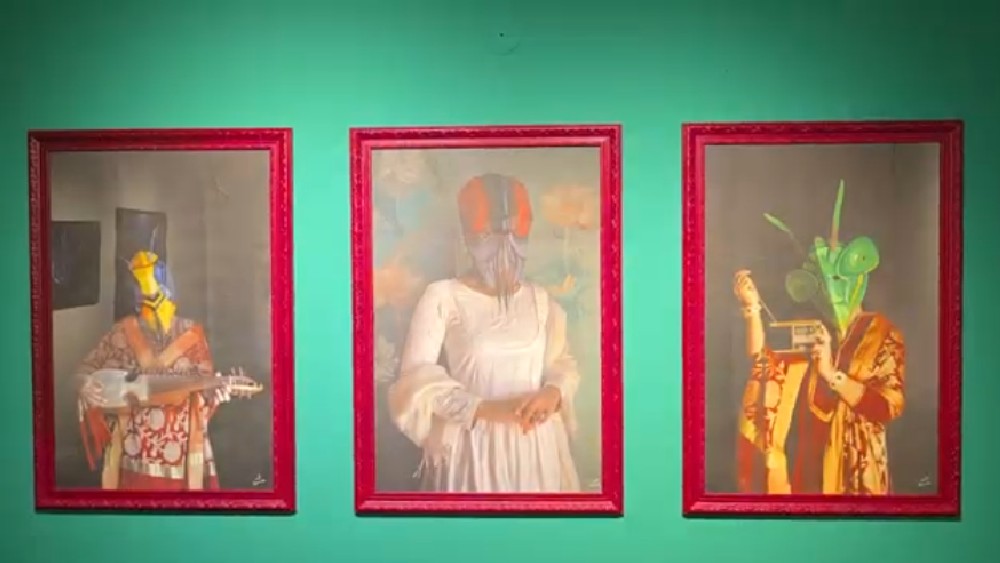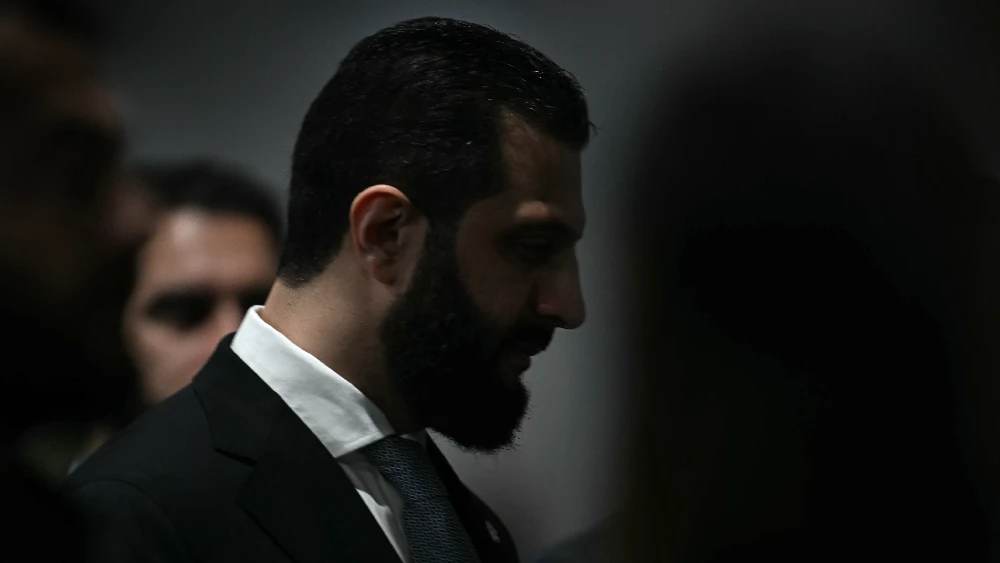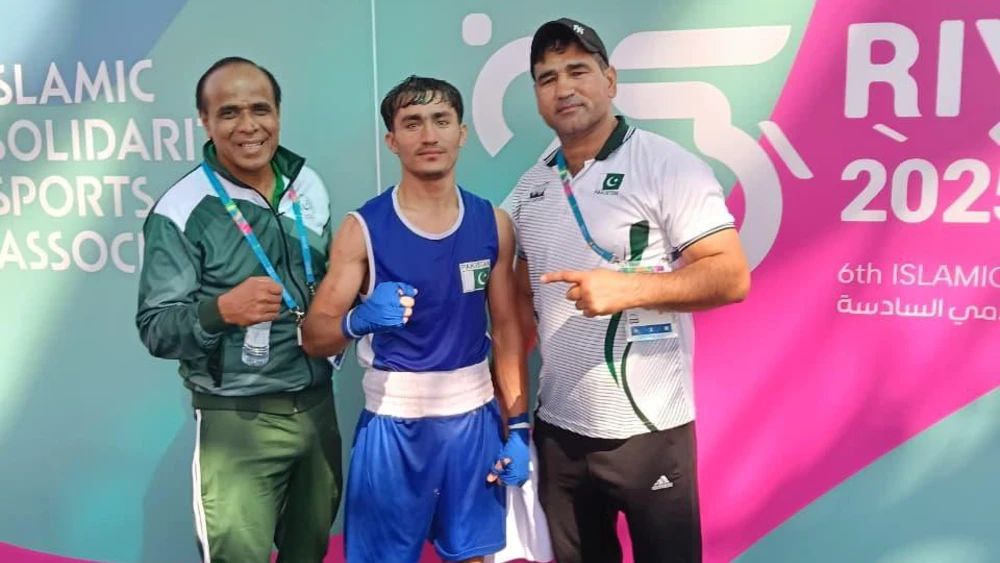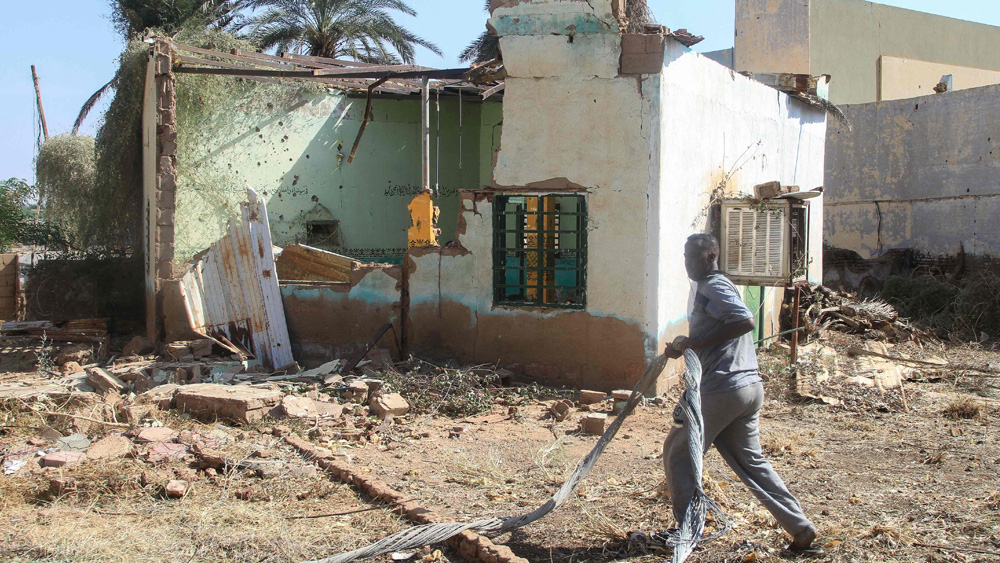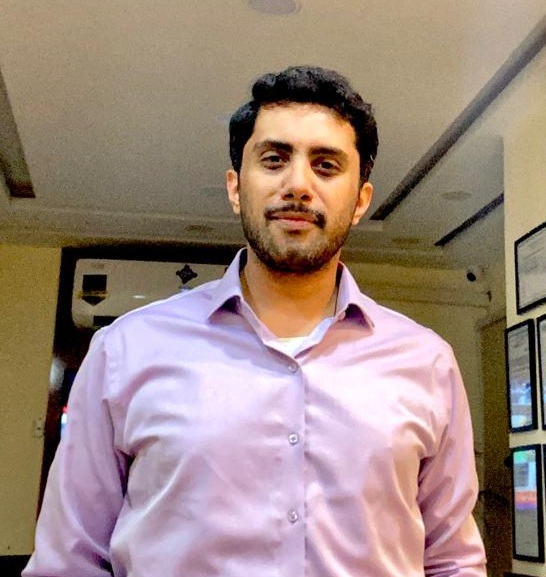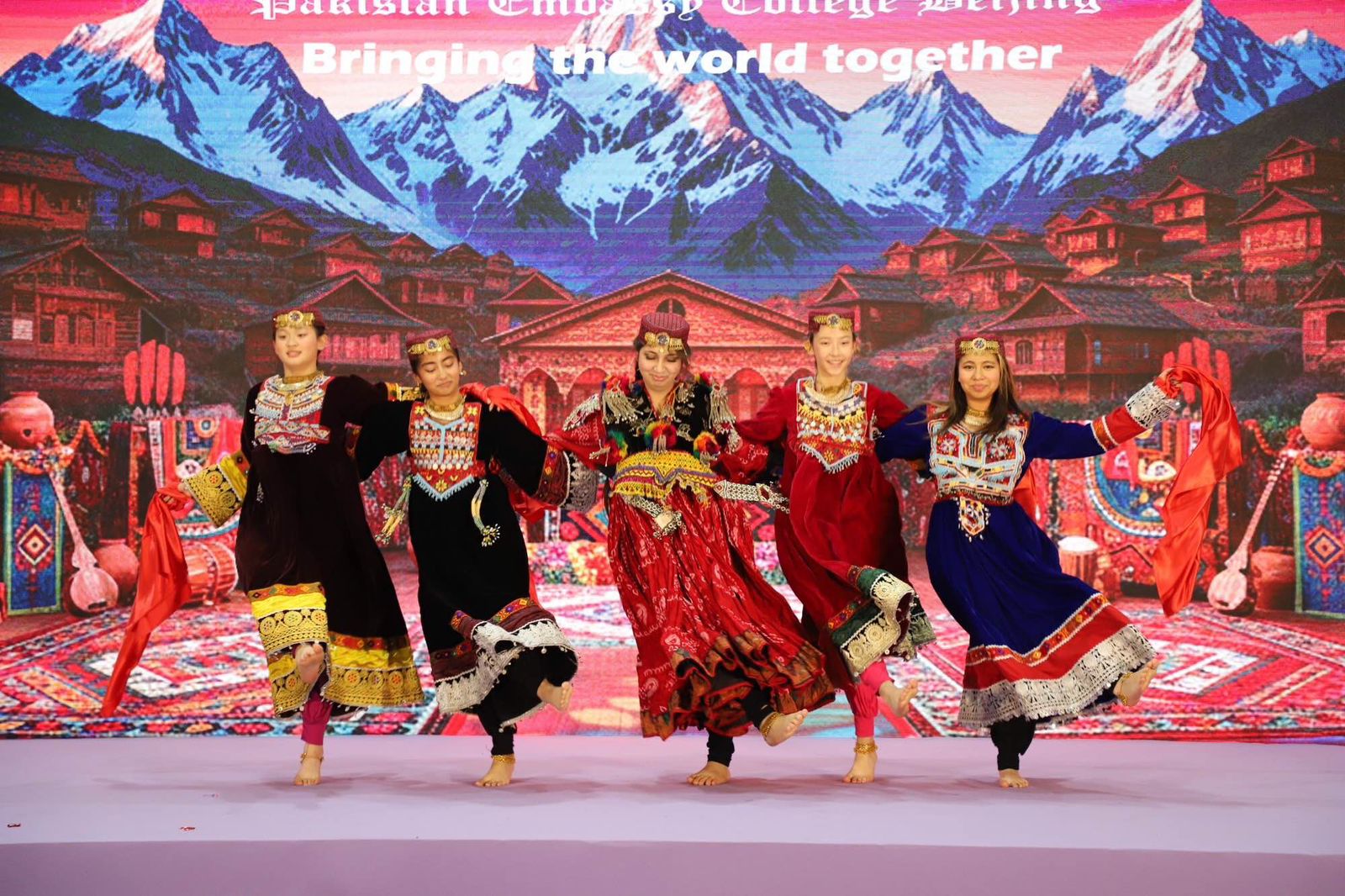LAHORE: The Lahore Digital Arts Festival (LDF) transformed Pakistan’s cultural capital into a living laboratory of creativity and technology, showcasing how digital innovation can inspire empathy, care, and environmental awareness.
The fourth edition of the festival, titled “Breathing Algorithms,” ran from November 6 to 9 across multiple venues, including the Alliance Française de Lahore, Aangun Cultural Center, R Space, and Beaconhouse National University, reaffirming Lahore’s position as a hub for emerging digital culture.
Co-curated by Najam-ul-Assar and Sarah Rajper, and presented in collaboration with Novembre Numérique, the French Embassy in Pakistan, and UNESCO, the festival reimagined algorithms not as cold codes but as living systems capable of connecting people and ideas.
“Airborne Memory is both a record and a reflection,” Fajr Faisal and Huzaifa Ahmad, the Lahore-based artists behind the immersive project that visualizes air quality data from 2020 to 2025, told Pakistan TV Digital. “It’s a reminder of how the air we breathe holds traces of our choices and shared responsibilities.”
International participants included artists from France, Canada, the UK, Iran, and Denmark, with installations, video works, digital performances, and interactive experiences exploring how artificial intelligence, climate change, and cultural identity intersect.
French artist Mikhail Margolis praised the festival’s scale and organization, telling Pakistan TV Digital: “It was unexpected to be invited to Lahore, and I’m delighted to see a digital arts festival at such a good level. The organization is amazing, much better than many festivals I’ve attended elsewhere.”
Christina Menegazzi, UNESCO Culture and Heritage Expert, emphasized the wider significance:
“Access to culture is a human right. It’s particularly important here in Pakistan, not just for artists but for every human being to remember that art nourishes the soul and connects us to each other,” she said.
Throughout its four-day run, the LDF invited audiences to experience interactive works that blur the boundaries between art, science, and society, illustrating how technology can foster dialogue rather than division.
As the festival concluded, Lahore emerged not just as a host city but as a living canvas where art, imagination, and digital innovation breathe together, reminding audiences that even in a world shaped by algorithms, there is still room to be human.
